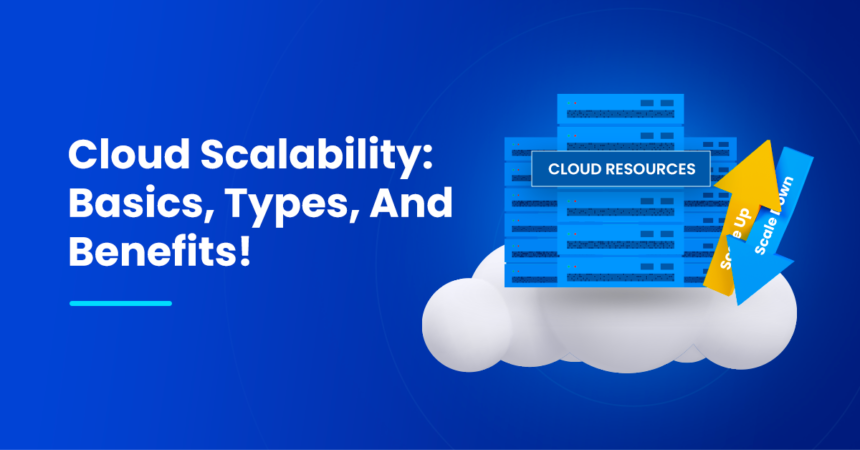In today’s data-driven world, businesses depend heavily on analytics to make better decisions that can increase efficiency and profitability. As more companies move their data operations to the cloud, understanding the pricing structures of cloud analytics platforms like Snowflake becomes crucial.
This blog post will discuss several aspects of pricing for cloud analytics platforms, including the Snowflake pricing structure, and how businesses can leverage these features to their advantage.
Understanding Flexible Pricing in Cloud Analytics
Flexibility is a key feature that makes cloud analytics platforms so appealing. Unlike traditional data warehousing solutions, cloud analytics platforms allow users to pay only for the resources they use. This usage-based pricing model can significantly reduce costs, as businesses no longer need to invest in costly hardware or pay for idle resources.
Pay-As-You-Go Models
Most cloud analytics platforms adopt a pay-as-you-go pricing structure, where costs are based on the amount of data processed or the computing power used. This model allows companies to scale up or down based on their demands, ensuring they are not locked into paying for unused capacity.
Benefits of a Flexible Approach
- Cost Savings: By only paying for what you use, businesses can save on capital expenses and operational costs.
- Adaptability: Companies can adjust their usage based on seasonal demand or special projects without the need for significant upfront investment.
Scalability: Key to Managing Big Data
Scalability is another critical aspect of cloud analytics platforms. With data volumes growing exponentially, businesses need solutions that can handle large datasets efficiently without compromising performance.
Vertical and Horizontal Scaling
Cloud analytics platforms offer two main types of scaling:
- Vertical Scaling: This involves adding more power (CPU, RAM) to your existing infrastructure to handle increased loads.
- Horizontal Scaling: This means increasing the number of instances or nodes to distribute the workload more effectively.
How Scalability Affects Pricing
Scalability directly impacts pricing, but it also provides a competitive advantage by allowing businesses to:
- Handle Data Peaks: Scale resources up during high demand and scale down during quieter periods, optimizing costs.
- Grow Flexibly: As the business grows, so does its data. Scalable solutions grow with you, ensuring you always have the right amount of resources.
Transparency in Pricing
Transparency is vital in cloud analytics platform pricing. Businesses need clear, understandable pricing structures to forecast costs and budget effectively.
No Hidden Costs
Transparent pricing means no hidden fees. Everything from storage costs to data transfer fees and processing power should be clearly outlined. This clarity helps businesses plan and reduces the risk of unexpected expenses.
Understanding Cost Breakdown
A transparent pricing model like the Snowflake pricing structure will typically include the following:
- Compute Costs: Based on the processing power used.
- Storage Costs: Based on the amount of data stored.
- Data Transfer Costs: Fees for data moving in and out of the platform.
- Service Costs: Additional costs for extra services like automated backups or enhanced security features.
Choosing the Right Pricing Model
Selecting the ideal pricing model is crucial for optimizing your investment in cloud analytics. Here are some popular models:
Subscription-Based Models
Some platforms offer a subscription-based model, providing a fixed set of resources for a monthly fee. This can be beneficial for businesses with predictable data usage.
Consumption-Based Models
More common are consumption-based models, where you pay according to the resources used. This model is suitable for businesses with fluctuating needs.
Hybrid Models
Hybrid models combine aspects of both subscription and consumption-based models, offering a base subscription with the ability to scale resources variably.
Cloud analytics platforms offer powerful tools for businesses to manage and analyze their data efficiently. Companies can optimize their data operations without overspending by understanding and leveraging flexible, scalable, and transparent pricing models.


